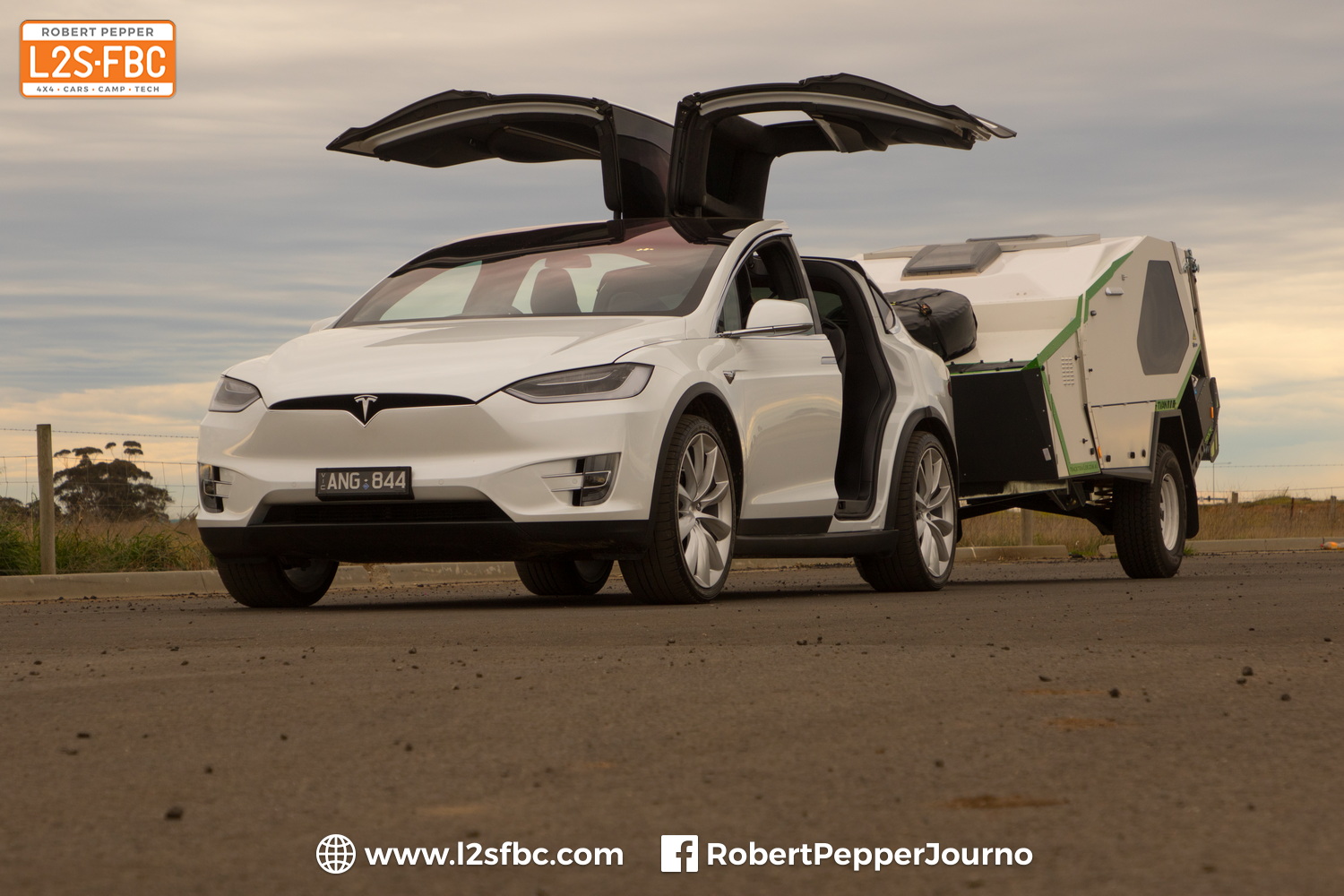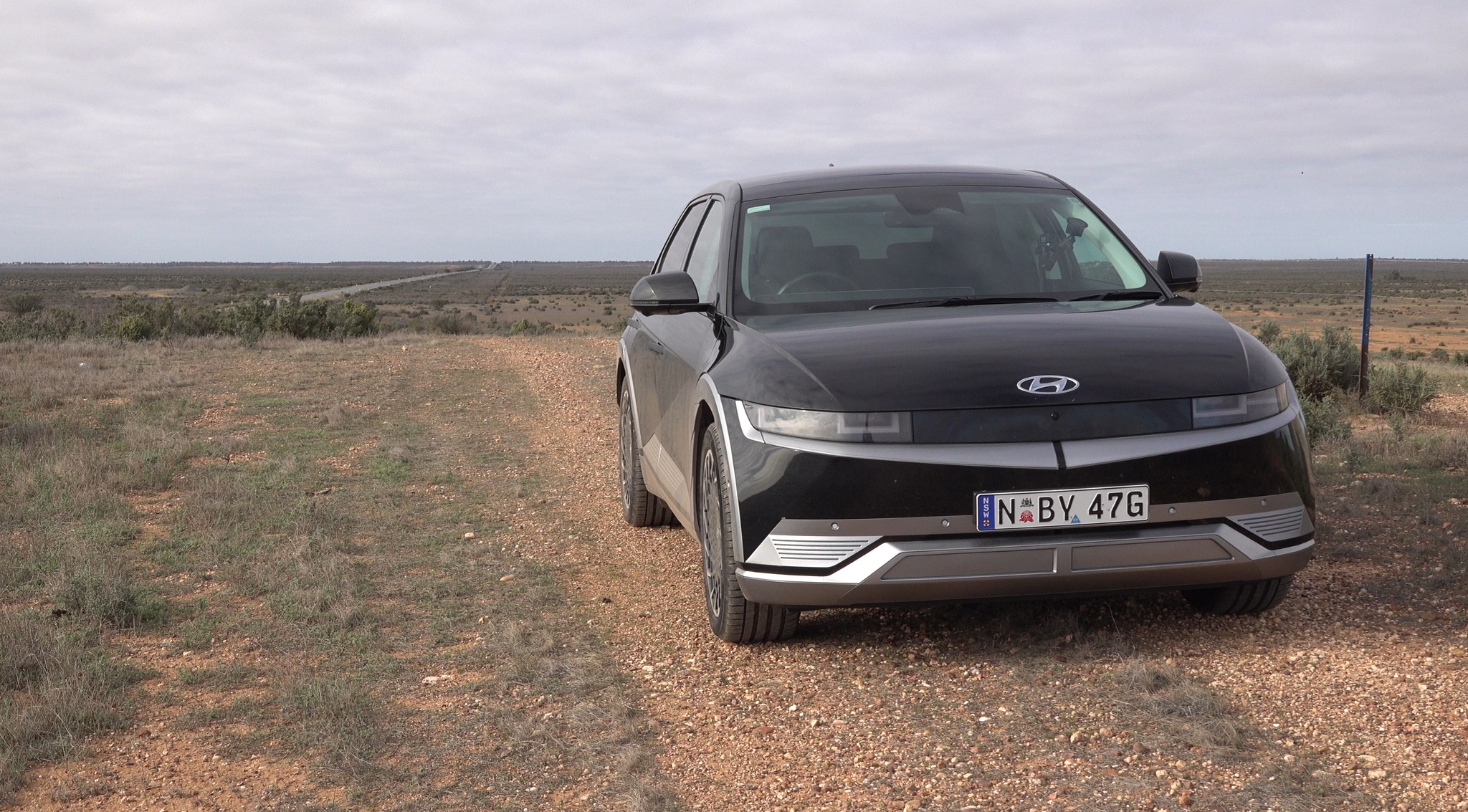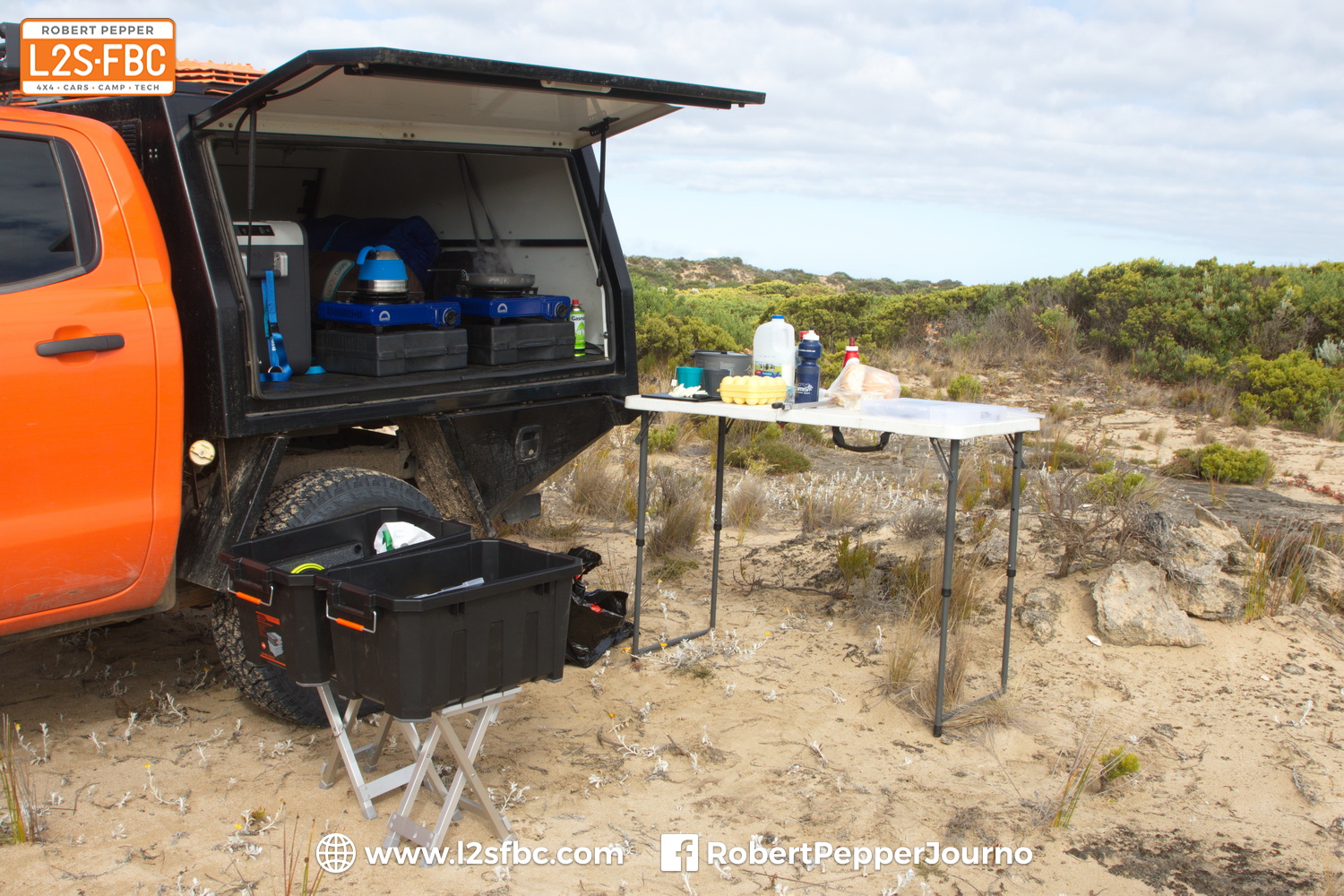
Why replacing your EV’s battery is no longer a concern
“But you’ll need to spend $20,000 on a new EV battery in five years!”
The anti-EV crowd like to roll out the spectre of replacing an EV’s battery, which is of course hugely expensive, pointing out that’s not a cost ICE vehicle owners need worry about.
All the best scare stories have a grain of truth around which is built the myth, and this one is no different.
Yes, an EV battery is expensive, but it’s very unlikely you’ll need to replace it in a modern EV, and if so it’ll be for a fault, not for loss of charge.
Let’s first talk about battery life, which is range degradation over time. This is actually pretty good for modern EVs, but a popular view is that it’s poor. For that, I blame mobile phones and early EVs like the original Nissan Leaf.
Your mobile phone has a battery of similar tech to that of an EV, and we all know phone battery life degrades over time. But your phone battery is similar to an EV battery in the same way your lawnmower engine is similar to your car engine; same basic principle, but very different design, management and operation. Modern EVs carefully manage their long-term battery health by cooling or heating the battery to ideal temperatures, which is why they have cooling vents which open at the front. They carefully regulate their charge rate, and deliver full power to the wheels only under ideal conditions.
All this, by the way, is why claims of “it will charge in 15m” claims should mostly be ignored as those figures are under idealised conditions of several factors such as the charger, ambient temperature, battery level and so on that you’d rarely find in the real world.
Now let’s look at your mobile phone. That does none or very little of this clever battery management because the expectation is it’ll be replaced in 3-5 years. Hence, its battery life is poor. Yes, there is now adaptive battery management, but that is more about increasing battery life between charges, not so much for the life of the phone.
Early EVs are similar to your phone, with limited battery life management, and are not representative of current models. Vehicles like the Leaf started off with only around 170km of range, so slashing 40% off that leaves you with very little range.
Today, EVs have ranges of 400km+ and 7, maybe 10 year battery warranties which typically guarantee 70-80% performance after that time, which is conservative as warranties are – your ICE vehicle may have a 5-year warranty but you don’t expect it to fall apart after 5 years and a month. Recent data from Geotab estimated 1.8% loss per year on average, down from 2.3% when they looked at the data in 2019. There are EVs driving around with 10 year old batteries still going strong, albeit with reduced range, maybe 80-90%. And remember, that’s 10 year old battery tech, and management is better in 2024 than it was in 2014.
Old EV batteries can also be re-purposed, for example as building power, or rebuilt into battery packs for restomods, so their secondhand value is not nil.
Resale is a consideration too. An old Leaf with a range of 80km is a niche car, not enough to get across town and back for me and many others, so its use cases are very limited. In contrast, a future EV that’s 15 years old with a 300km range down from 450km is still a very usable car, maybe not one you’d want to take interstate or comparable to a current car, but it is a car you could very easily use around town, so resale is possible. As EV ranges increase, so too does their secondhand value.
Now what about not replacing the ICE engine over 10 years? Well, let’s assume you don’t need a complete engine replacement, but you will definitely have spent a lot on replacing components. Consider all the oil changes, belts, bearings, injectors, spark plugs, various fluids – that’s just normal consumables, but also the chances of being on your first starter motor, alternator, water pump and more? Add all that up over ten years, and it may not come to $20,000, but you’re just one or two big jobs away from it being more. Automatic transmission replacement, anyone?
And then, at the 10-year mark, the EV has a brand new battery and is good to go for another 10 years. If the ICE car has made it to 10 years without any significant replacements, what are the chances of it making another 10 without some expensive component needing replacement? Pretty small I’d suggest. Oh, and let’s not forget lower EV energy costs too, that adds up over 10 years. Could well be that your EV battery doesn’t even cost $20k in the future either, and in fact some are available for less now.
EVs don’t even really wear their brakes as they have regen. They are a bit heavier, so tyre life is reduced, but not enough to be really significant.
Right now, there’s not much of a industry replacing or reconditioning EV batteries, but with demand, that’ll come, just like we happily buy reconditioned engines, starter motors and the like.
We can expect further improvements too.
The racing series Formula E and Formula 1 use battery only and hybrid systems respectively, and it’s exciting to look at the research the teams are doing into battery life. FE’s battery use case is long-distance, the sole power of the car for many laps. F1 is different, the battery is an auxiliary power source which is charged and discharged many times a lap, so we’ve got battery management tech going in two different directions, both useful for roadcars.
Simply put, there are reasons not to buy an EV, but battery life is no longer one of them.


